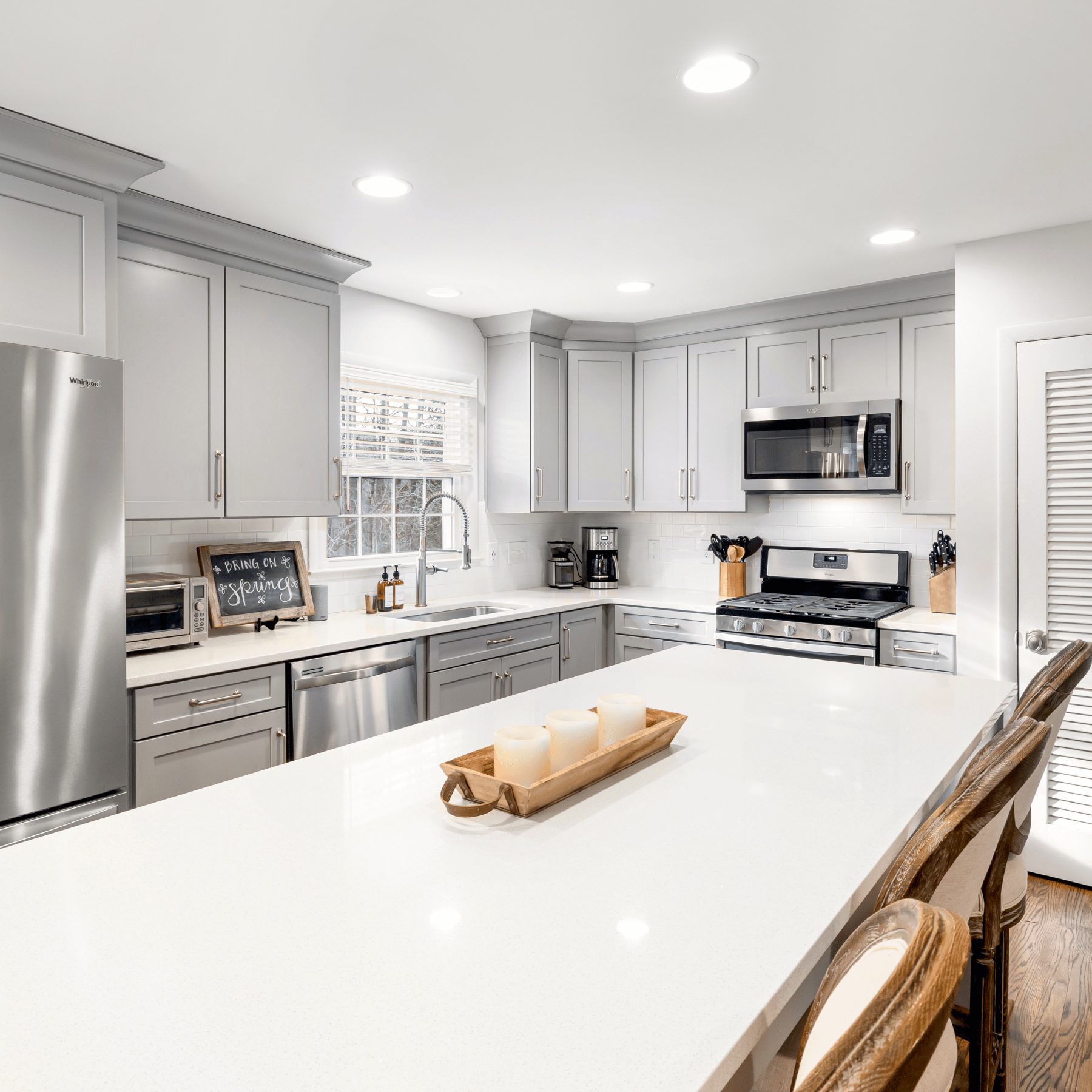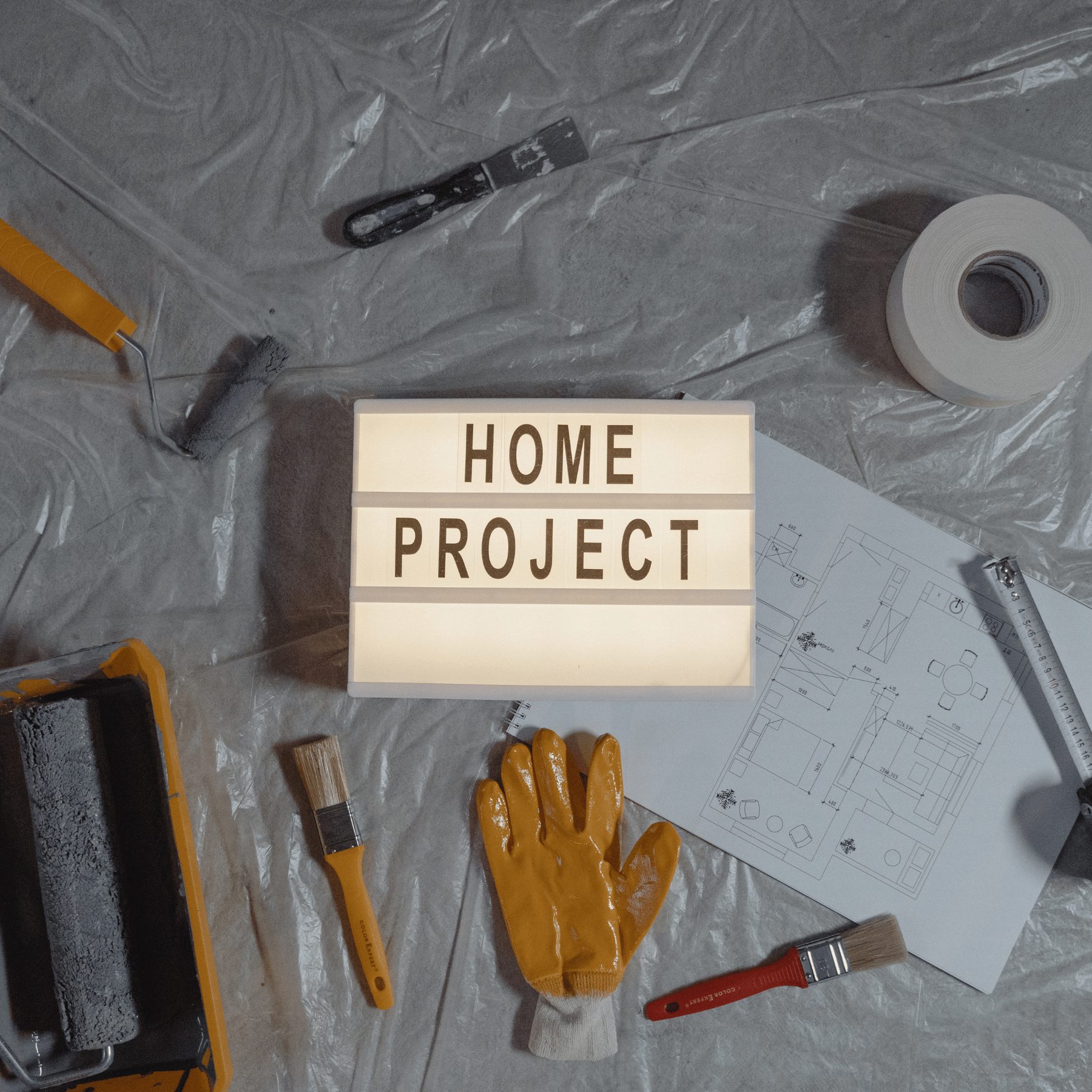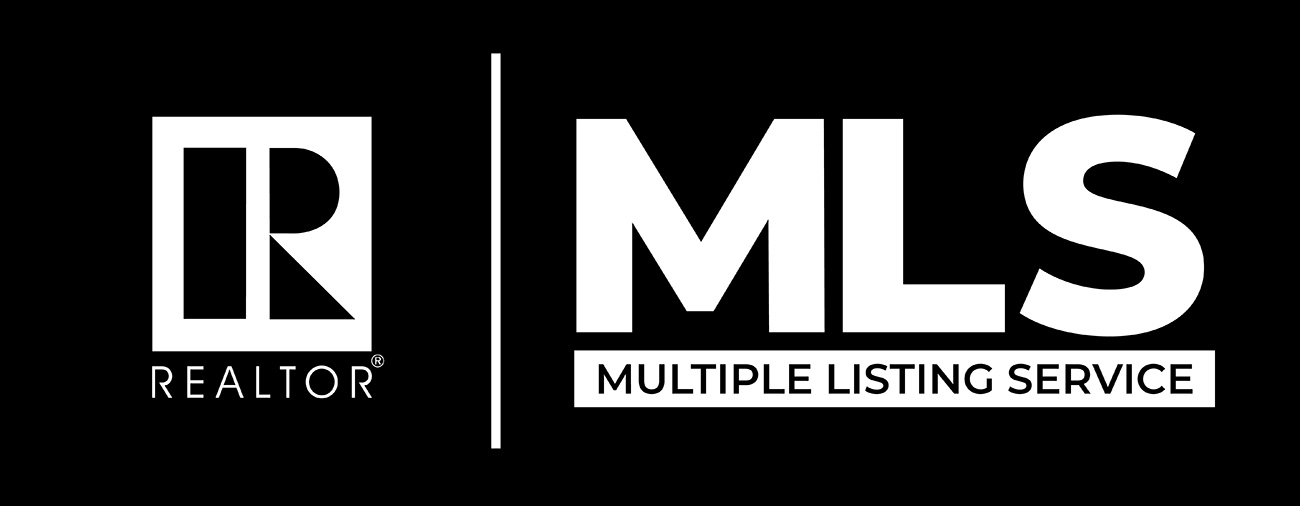Subscribe for Blog Post
🏡 When Is the Best Time to Buy a Home?
It’s one of the most common real estate questions:
“When’s the best time to buy a home?”
The short answer? It depends—on the market, your finances, and your personal goals.
Let’s walk through the pros and cons of buying in different seasons—and what really matters most when making your move.
🌷 Spring: The Busiest Time
Why people love it:
-
Lots of listings to choose from
-
Great weather for home showings
-
Families can move before the next school year
What to watch out for:
-
More competition from other buyers
-
Bidding wars are more likely
-
You may need to move quickly on offers
☀️ Summer: Still Active, Slightly Calmer
Why it can be a good time:
-
School’s out, and schedules are flexible
-
Some spring listings are still available
-
Sellers might be more motivated if their home didn’t sell in spring
Downside:
-
Hot weather and vacation schedules can slow things down
-
Inventory may begin to thin out
🍂 Fall: A Smart Buyer’s Window
Why it works:
-
Less competition
-
Sellers may be eager to close before year-end
-
Prices can be more negotiable than in spring or summer
Heads-up:
-
Fewer listings
-
You’ll want to move quickly before winter kicks in
❄️ Winter: The Underdog Season
Why some buyers prefer it:
-
Serious sellers are more flexible
-
Less competition
-
More room for negotiation
Challenges:
-
Fewer homes on the market
-
Moving during bad weather isn’t ideal
-
Shorter days can limit showing times
📉 Market Conditions Matter, Too
Aside from the season, you should also consider:
-
Interest rates – Lower rates can make your monthly payments more affordable
-
Home prices – Are they rising or stabilizing in your area?
-
Your financial readiness – Having your down payment, pre-approval, and budget in place is key
🧠 The Best Time Is… When You’re Ready
Ultimately, the best time to buy is when your finances are in order, your goals are clear, and you find a home that fits your life.
Timing the market is tricky—but building equity, having stability, and owning your space is always a win in the long run.
💬 Cathy’s Advice
“It’s not just about when the market is right—it’s about when you are ready. With the right strategy and support, great deals can happen any time of year.”
Ready to Start Your Search?
Let’s find a home that fits your needs, your budget, and your lifestyle—on your terms.
Cathy | Real Estate Salesperson
📲 Direct: 647-463-8810 📧 Email: cathy.tse@century21.ca
Instagram – Facebook – Linktree – Subscribe for News – Blog – WhatsApp

 Facebook
Facebook
 X
X
 Pinterest
Pinterest
 Copy Link
Copy Link













